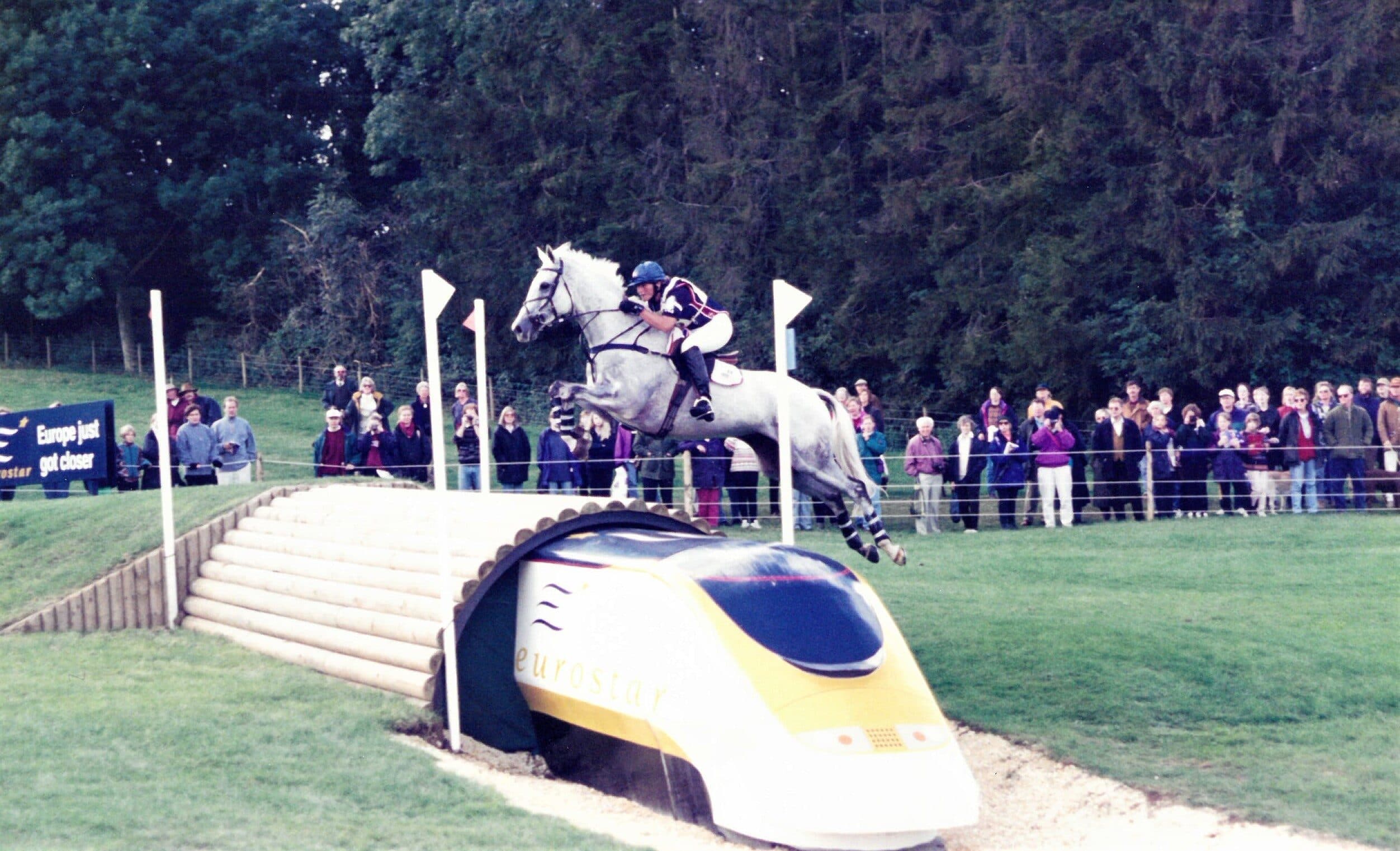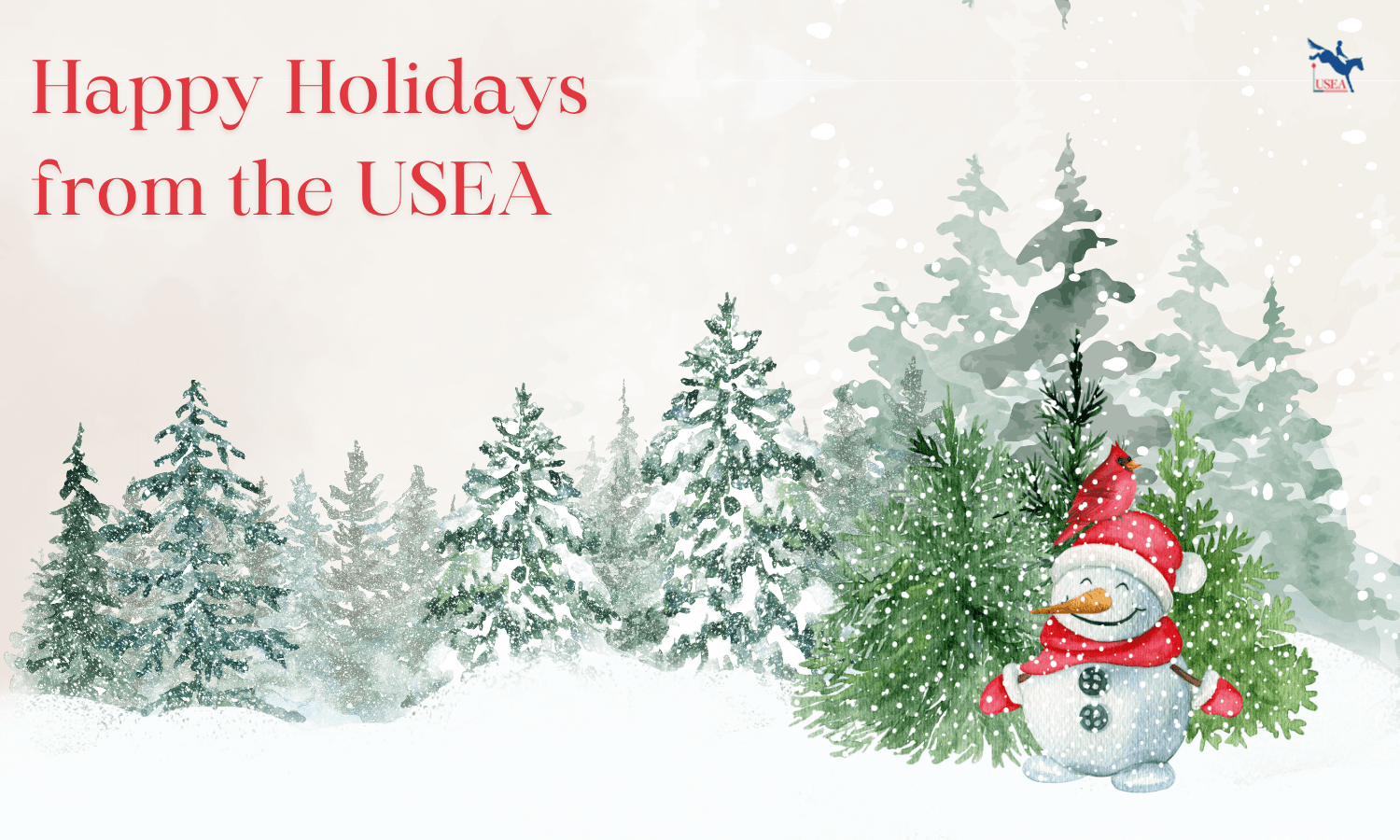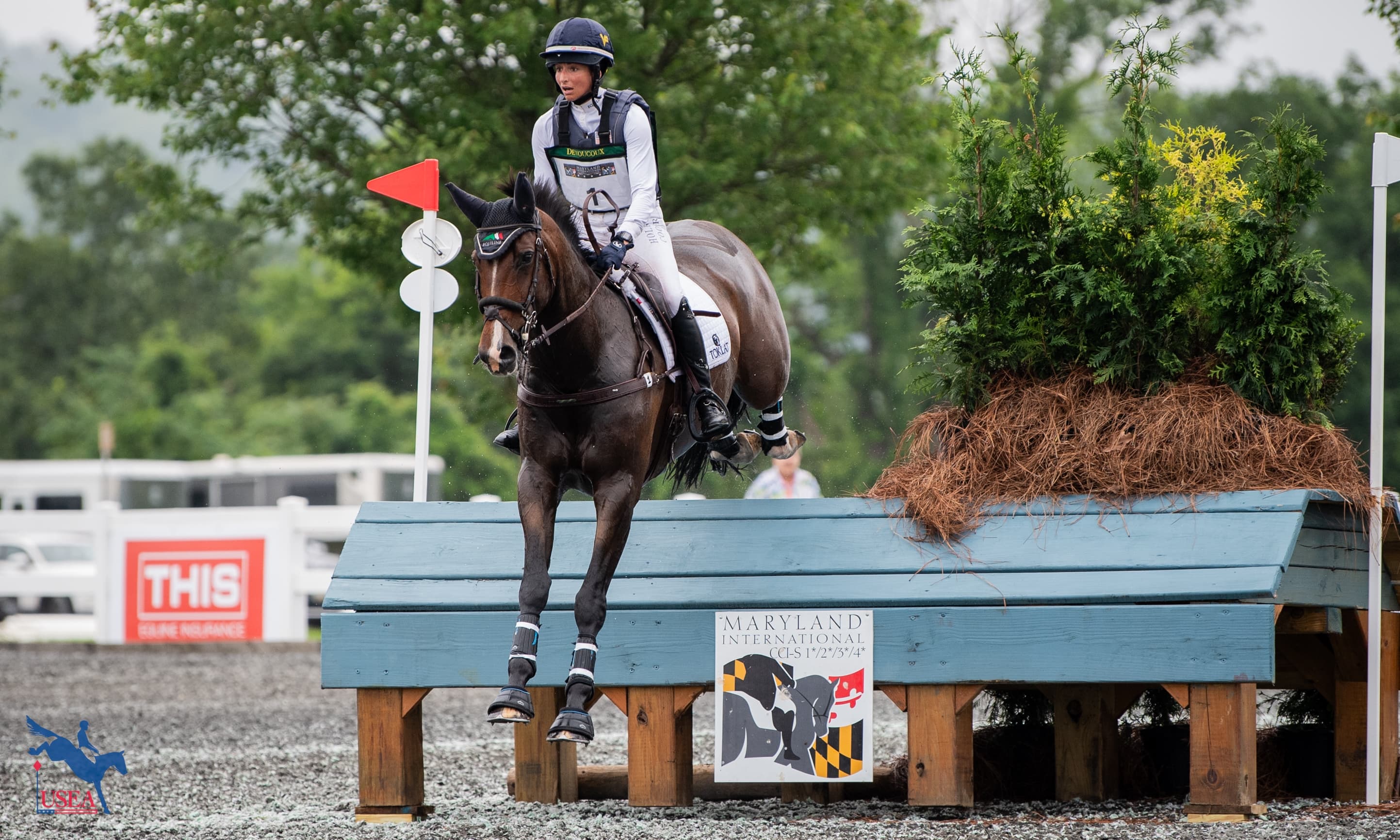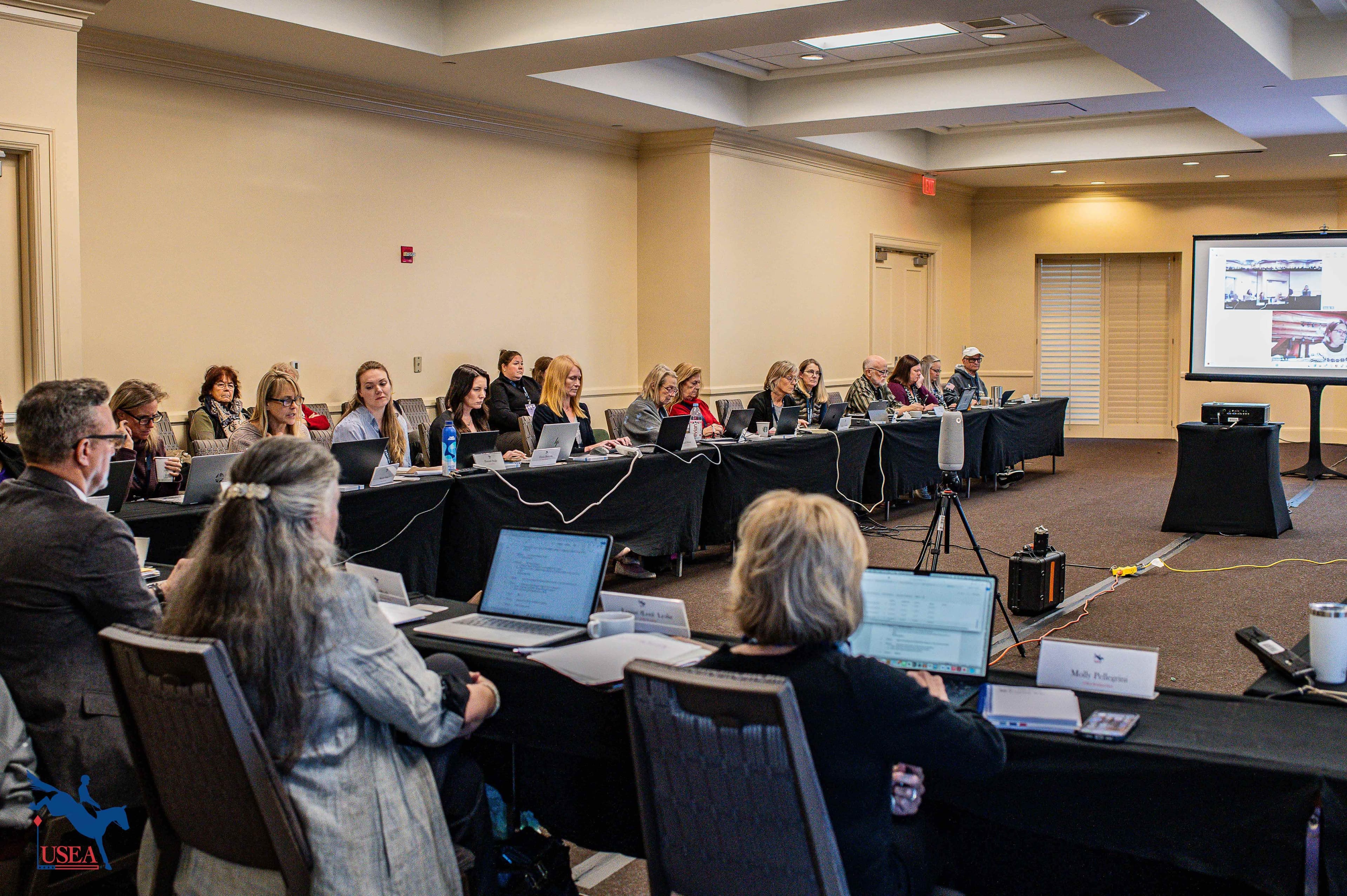The Eventing Coaches Program: Phyllis Dawson on Training Horses and Riders

Ninety percent of training a horse is getting the horse to understand exactly what you want them to do. In general, horses are generous and willing creatures who want to please us; very seldom do they behave badly on purpose. Horses don’t come out and say, ‘Let’s make Mom’s (or Dad’s) life miserable today by going as poorly as possible - most prefer to do the right thing, as long as they know what that is.
But unfortunately, our horses’ English is not very good. If it were, we might say to them, “Hey Thunder, would you please just put your head down? And bend a little more to the inside through the turn? And while you are at it, how about a longer stride and a little more engagement of the hindquarters? Oh, and jump bravely over that big log into the Head of the Lake, put in four strides to that brush arrowhead, and then up the bank and bounce out over the skinny. And by the way, remember, don’t touch any of the poles on the third day...”
Since telling the horse all of this in words is not very effective, we have to communicate it with our aids and through systematic training. By being clear and consistent with our ‘instructions’ to the horse, we can teach them to understand what we want. Apply gentle pressure to correct undesirable performance, and immediately soften the aids and reward improvement. We must constantly adjust the strength and intensity of our aids according to the horse’s reactions. You need to be consistent and clear in what you ask, yet with the flexibility to adjust the plan according to what the horse gives you on the day. Avoid giving the horse mixed signals; most horses learn very easily, but that means you can teach them the wrong thing if you are not careful.
Despite the ‘language barrier’ discussed above, horses learn faster than riders. Does this statement surprise you? Think about it this way. If an experienced trainer took a nice young horse that was 4 or 5 years old and had just been started under saddle, how long on average would you expect it to take to get him to the Preliminary level? We could debate all day the pros and cons of how fast a horse should be brought along, but I think most would agree that three to four years would be reasonable. Now, if you were teaching an aspiring young adult rider who was just starting out and learning to post, would you expect that rider to be ready to go Preliminary in three to four years? No, it generally takes a rider far longer to develop the necessary skills and feel to ride competently at that level.
The ‘feel’ part of riding is so important. I tell my students riding is 30 percent technical and 70 percent feel. The 30 percent technical part, which is anything I can tell you to do, and you do: Sit up, sit back, more leg, less leg, raise your hands, lower your hands. Hold, push, release. Apply more pressure, release the pressure, soften, give. The 70 percent feel part is knowing when to do which, and how much, and with what timing. One can teach the rider the technical part of riding, and that must come first. The ‘feel’ part must be developed with time and experience.
Intuitive riding and training require about 50 decisions a minute. You must constantly monitor what the horse is doing. Is he in front of the leg? Is he compliant to the aids? Straight? Balanced? Soft in the bridle? You have to make constant adjustments and corrections to maintain the quality of the gait and the communication with the horse. The earlier you make a correction, the more subtle the aid can be to get the result.
To get a truly refined performance, these adjustments need to be automatic, from muscle memory. By the time you think about it, it is already too late. And eventually, the correction or adjustment can be made just before the horse has an undesirable moment, so that instead of reacting to such moments you are preventing them. Of course, this sort of expert and intuitive riding takes years (decades) to develop, and most riders never completely master this, but it is certainly something to aspire to, and when it works, it seems almost magical. It is a fantastic feeling when the horse and rider are so in tune with each other that the rider can just think what they want to do next and the horse seamlessly does it, responding to the most subtle shifts in body language. They can practically read your mind.
To get to this high level of communication, it is important to instill the correct basics from the ground up. It is always easier to train than to re-train. This is true whether you are talking about training the horse OR the rider. We can influence our horses in two ways; with how we ride (position, use of aids), and with what exercises we choose. We must use both of these influencers effectively together to communicate with our horses.
It is important to talk to our horses in the same language in all three phases. With a young horse or a green rider, they don't have to necessarily be doing ‘dressage’ yet; start out just riding. Remember, the word dressage simply means training. Whether riding in the arena, going to the fences, or galloping out in the open fields, the horse and rider should have good communication and certain qualities of performance. Although the saddles, stirrup length, horse’s frame and rider position will vary in the different phases, there are many qualities that should be consistent across all the disciplines.
In all phases, the horse should be in a correct and consistent rhythm. He should be forward thinking, yet relaxed and supple, loose and swinging in his back and in his movement. There should be a good connection, with the horse on the aids and accepting the contact. The horse should be straight, ‘in front of the leg’, adjustable in his stride length and in a good balance. As he progresses, he will learn to increase engagement and self-carriage. Sound familiar? It is all covered in the Dressage Training Scale; but the basic principles apply to all phases. Not acquainted with the Training Scale? Join the Eventing Coaches Program (ECP) and learn all about it!
To develop this communication with a horse that carries across the different eventing disciplines, I like to do a lot of what I call "fieldwork". Basically, I am going out in a nice grassy field and do my flatwork. Sometimes I might use a dressage saddle, but usually I will be in a jump saddle with the stirrups adjusted somewhere halfway between my dressage and jumping lengths. I will work on basic skills according to the level of the horse, such as lengthening and shortening stride in all three gaits, riding the horse straight and in balance, moving him laterally, and riding lots of transitions, both within the gait and between gaits. This helps bridge the gap between dressage and cross-country, teaching the horse (and rider) to be responsive and comfortable while riding in the open.
To me, one of the best things about dressage (remember, the term means training) is how it makes the horse better and more responsive for anything else you do with him and gives the rider the tools needed to communicate effectively with the horse in all phases.
Have a good ride!
About the USEA Eventing Coaches Program
Coaches are essential to the training of riders and horses for safe and educated participation in the sport of eventing. The USEA Eventing Coaches Program (ECP), formerly known as the Instructor's Certification Program (ICP), was initiated in 2002 to educate all levels of eventing coaches with crucial training principles upon which those instructors can continue to build throughout their teaching careers. ECP offers educational workshops and assessments by which both regular coaches, Level I through Level V, Young Event Horse (YEH) instructors, and Young Event Horse professional horse trainers can become ECP certified. Additional information about ECP’s goals, benefits, workshops, and assessments as well as names and contact information for current ECP-certified coaches, YEH coaches, and YEH professional horse trainers are available on the USEA website. Click here to learn more about the Eventing Coaches Program.














